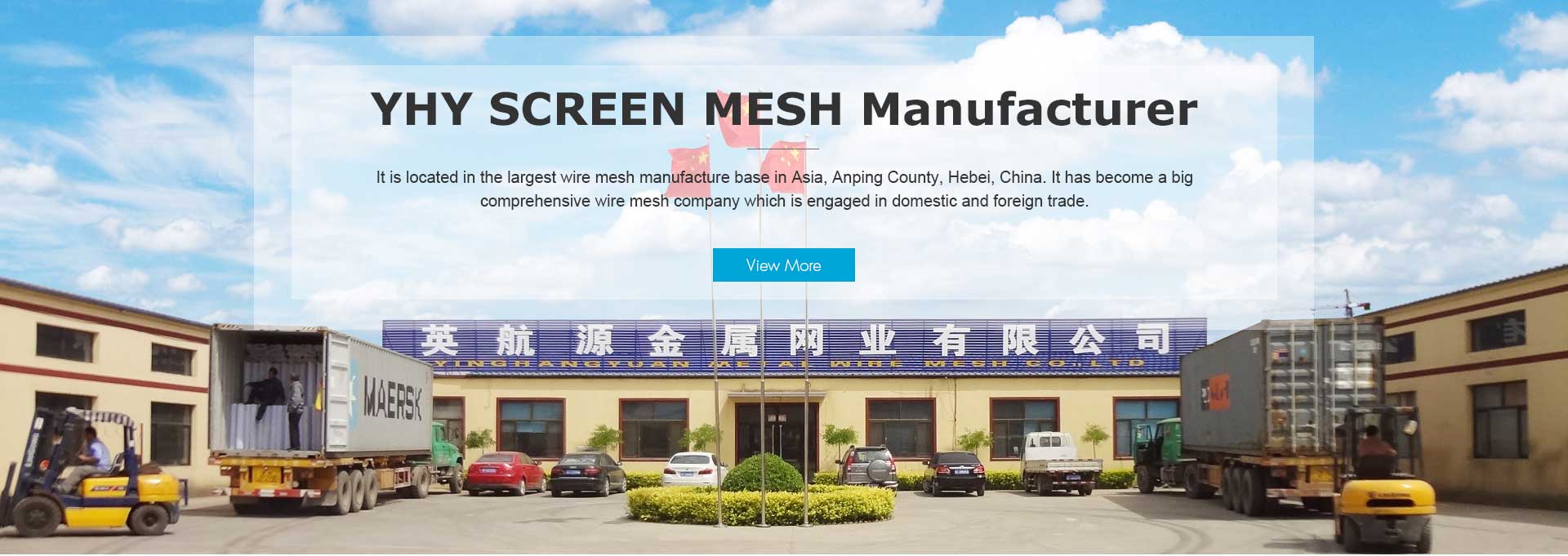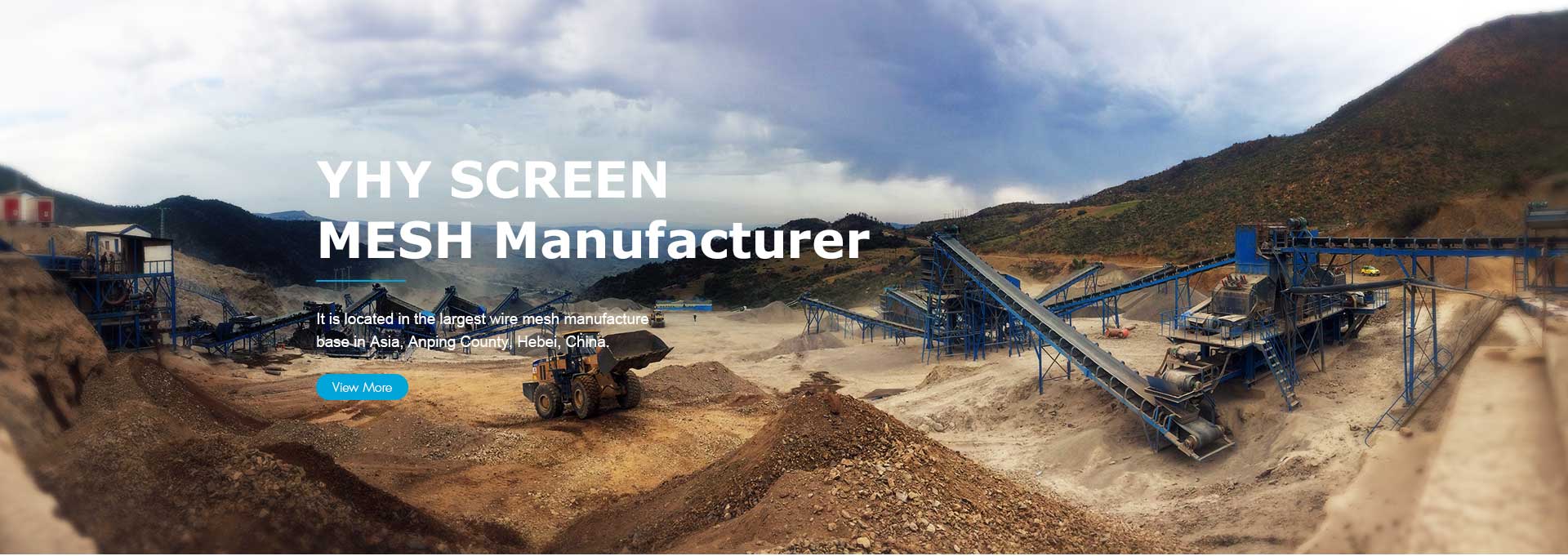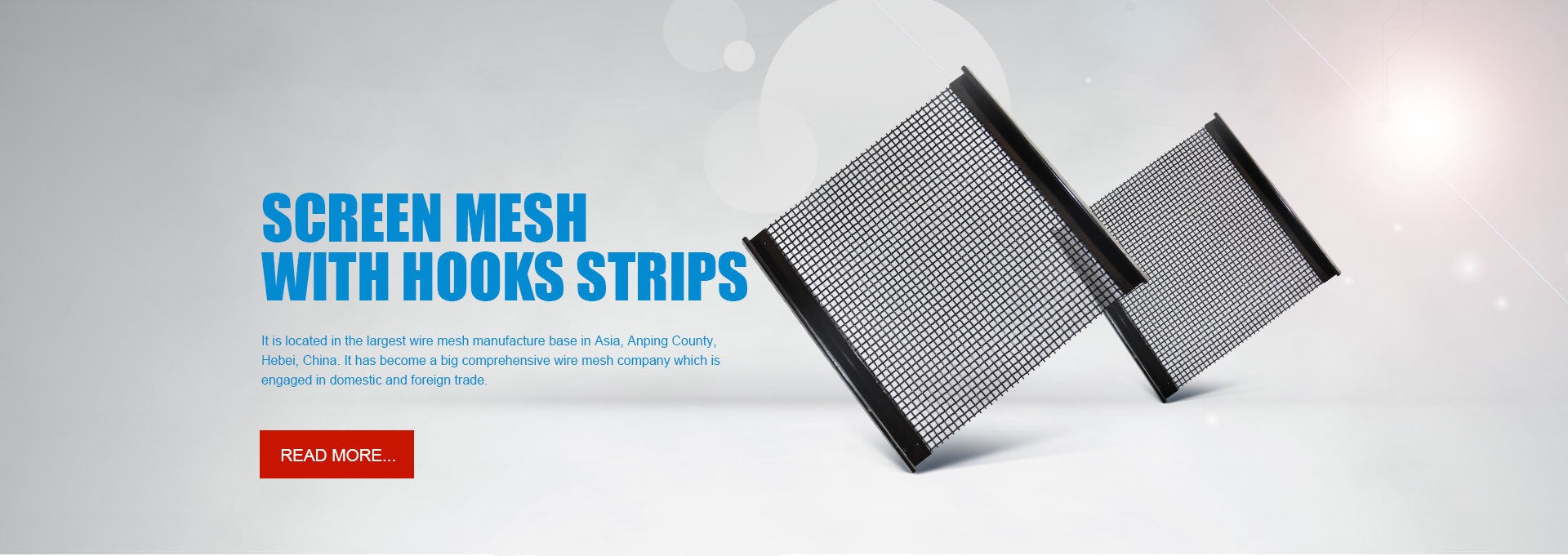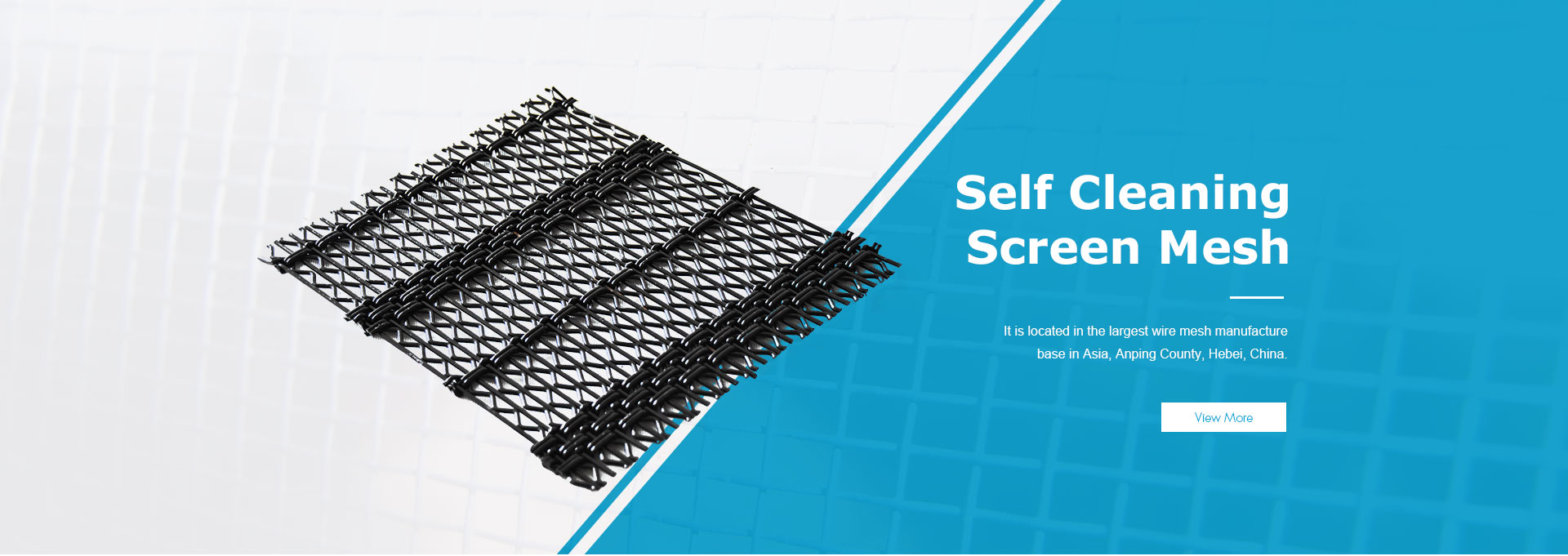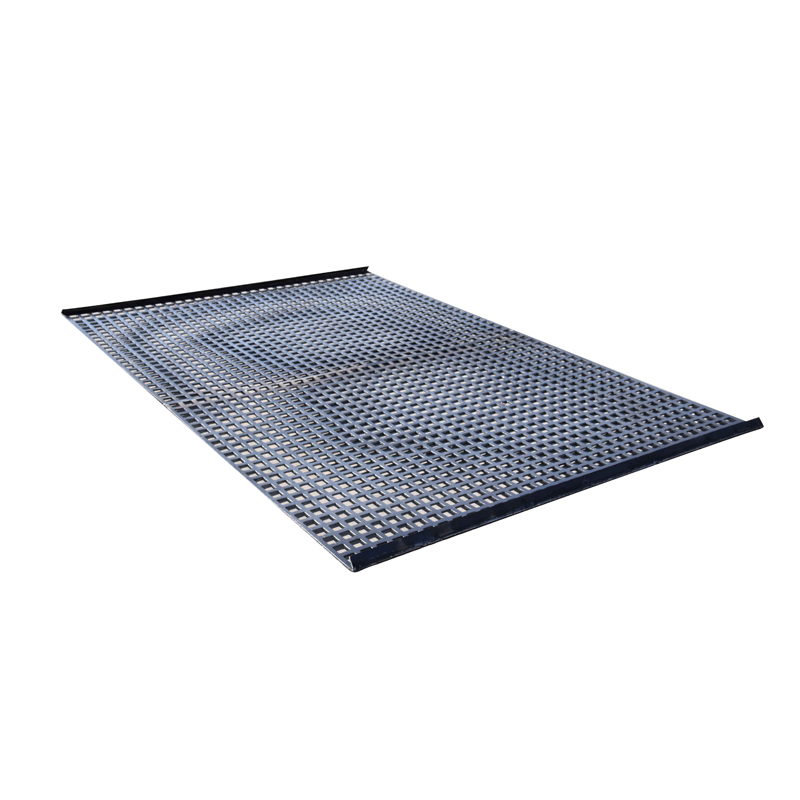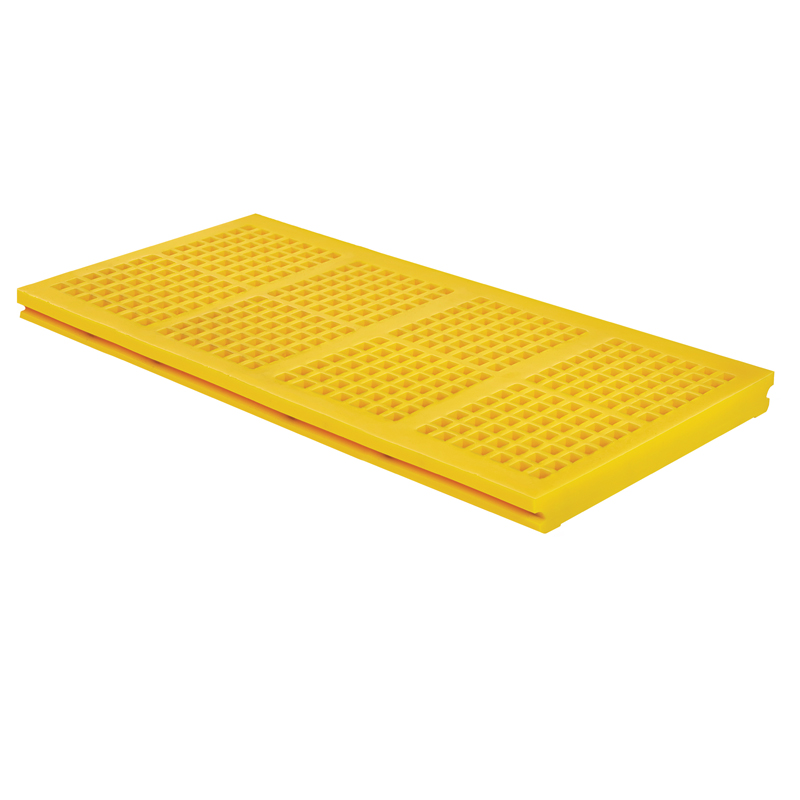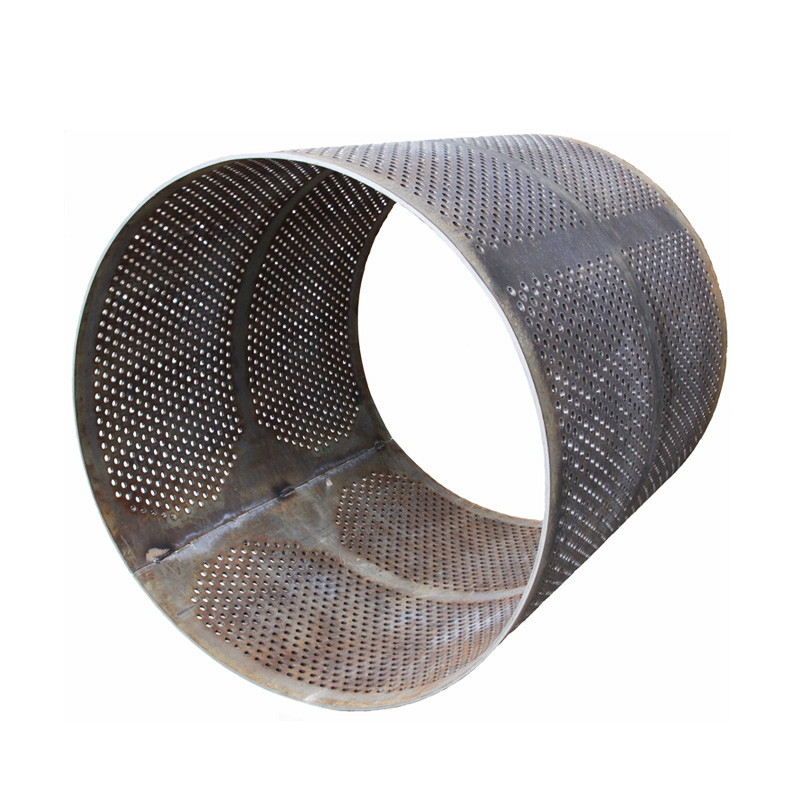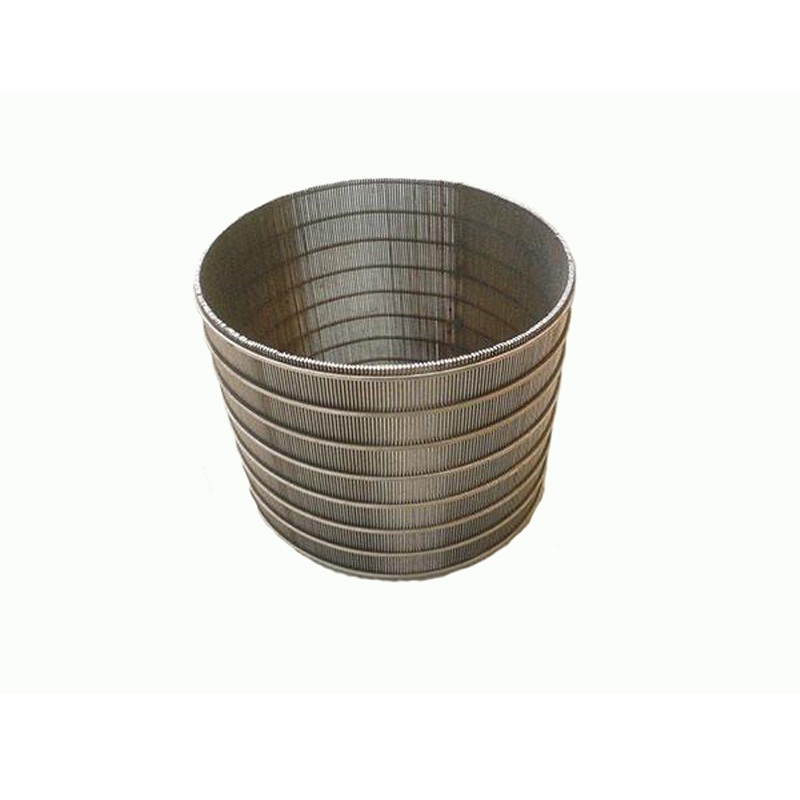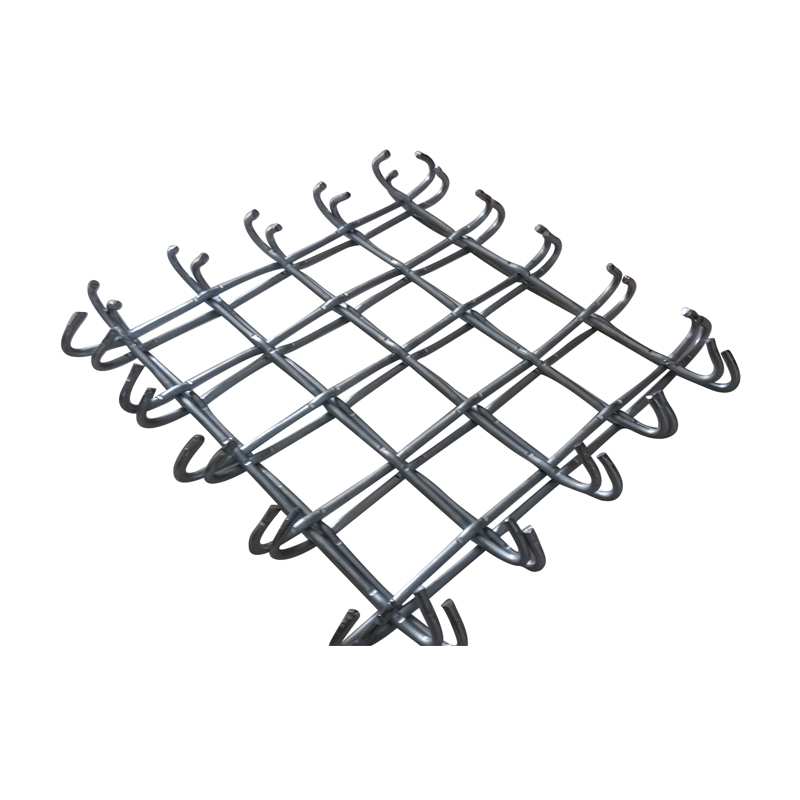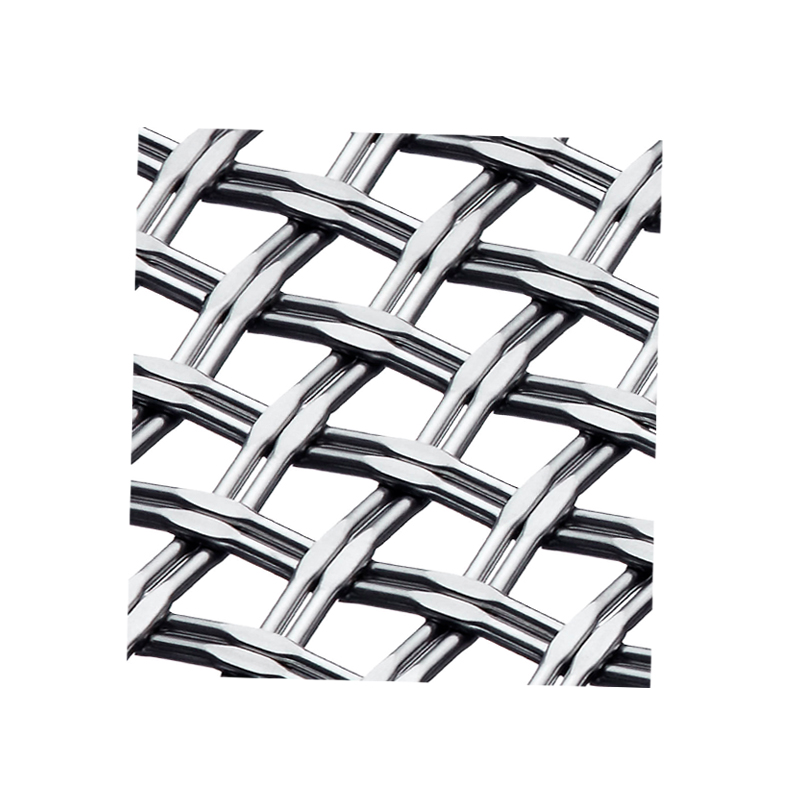What is a sieve
Jul. 09, 2024
Screens are industrial fabrics made of mulberry silk, metal wire or synthetic fiber, with uniform and stable air holes on the surface, and screening and filtering functions. The mesh of the screen is usually called mesh. The specifications of the screen are often expressed in the number of holes per unit length (mesh), and can also be expressed in the width of each hole. China's national standard is expressed in the number of holes per centimeter, such as 20 holes/cm. Screens are divided into three categories according to the raw materials used: silk screens, metal wire screens and synthetic fiber screens.
Silk screens are woven with mulberry silk of different deniers according to the specifications, using full skein weave, half skein weave or plain weave, and the weaving method is similar to mesh cloth. When the mesh number is small, the full skein weave is used, and when the mesh number is large, the half skein or plain weave is used. The specifications of silk screens are 4 to 62 holes/cm, mostly for screening in the grain industry, and can also be used for screening sand particles of different coarseness and fineness in grinding wheel and emery cloth factories. Metal screens are woven with brass wire, phosphor bronze wire and stainless steel wire as raw materials. The thickness of the metal wire is 0.4 to 0.025 mm. Most of them use plain weave or twill weave. The metal screen has clear and correct holes, flat mesh surface, high temperature resistance, wear resistance and other characteristics. Stainless steel screen can also resist corrosion. Therefore, metal screens are mostly used for powder screening and oil filtering. Synthetic fiber screens are nylon or polyester filaments and palm fibers. The filament uses 15 to 30 denier monofilaments, and the surface of the screen mesh is smooth, which is conducive to filtering. The fabric organization can be full twisted yarn, square flat and plain weave, etc., with specifications of 19 to 104 holes/cm. It is mostly used as printed silk screens, integrated circuit printed circuit boards, and can also be used to screen finer particles such as cathode ray tube fluorescent powder and magnetic powder of magnetic tape. Palm fiber screens use coarser nylon palm fibers as raw materials, with a diameter of 0.55 to 0.1 mm. The fabrics are mostly plain weave mat-shaped organizations, which are used for mineral processing, filtering pulp, conveyor belts, etc. Synthetic fiber screen has the characteristics of rust-proof and corrosion-resistant, and can replace some metal screens.










